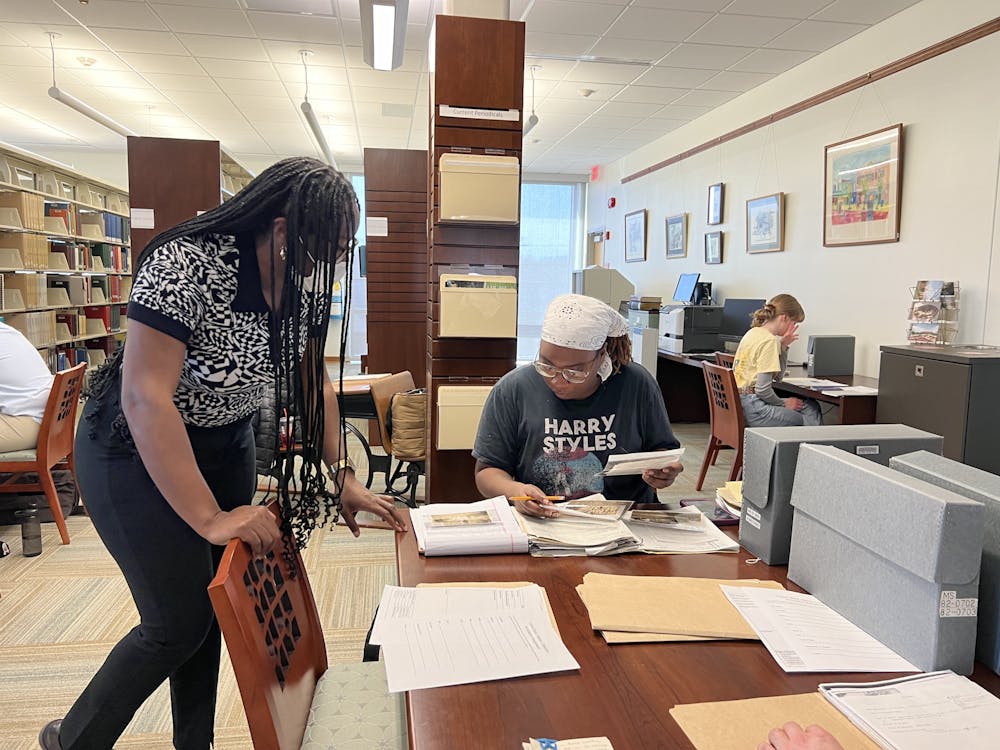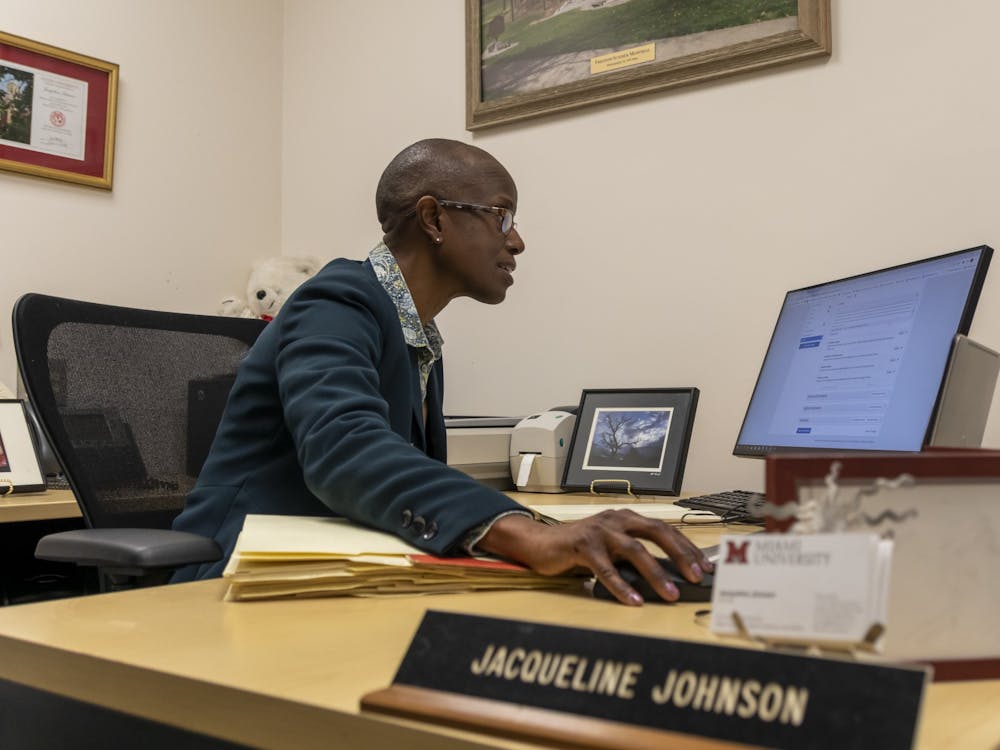Before fall classes begin each year, first-years across the nation take an extensive survey called the Higher Education Research Institute's CIRP Freshman Survey. Along with questions regarding demographics, behavioral characteristics and personal strength, students are questioned about their religious preferences.
In 2011, Miami's CIRP results showed that 18.5 percent of first-years had no religious preference - a drastic jump from just two years prior, when only 14.6 percent of students adhered to this category.
Two organizations on Miami's campus, the Secular Students of Miami (SSM) and Cru, have seen their numbers change in relation to these statistics.
"A few years ago, we experienced a big jump in membership," vice president of SSM Becca King said. "We went from having about 15 consistent members to more like 30."
SSM is an on-campus organization that provides a forum for students to discuss different religious views while also supplying an opportunity for like-minded people to get to know each other.
On the other hand, one of Miami's Christian organizations has seen its numbers drop in the past few years.
"About 10 years ago, nearly 800 students came to our weekly meetings," Miami Cru's president Will Adams said. "The size has declined. Now there are about 300 to 400 students each week...but I'm not sure if that's due to a change in our generation or just a different student body."
Adams said he believes the decline in active religious participation might actually be due to the college atmosphere.
"A lot of people come to college thinking it is a time to redefine yourself," he said. "When people come to college and leave their parents for the first time, they ask themselves if what they have grown up with is really what they want for themselves. Students have the chance to either walk away from it or dig deeper."
However, national surveys show that the secular population is on the rise across all ages, not just among college students.
According to an annual Gallup poll on religion, in its first year to conduct the survey (1948), only 2 percent of the U.S. population marked "none" for religious preference. Four decades later, 7 percent of Americans had no religious preference (1988), then the number doubled to 14 percent by 2012.
Enjoy what you're reading?
Signup for our newsletter
While the religiously unaffiliated portion of the population is indeed expanding nationwide, Miami's numbers are still more than 4 percent above the national average, indicating that there may be a correlation between secularism and the college environment.
According to the "The American Freshman," where the national CIRP results are published annually, 11.6 percent of freshmen in 1988 said they had no religious preference, while 23.8 percent aligned with this category in 2012.
These data reveal that, compared to other universities, Miami remains fairly religious. This is no surprise to sophomore Joseph Larson, treasurer for the SSM.
"I would guess that [Miami] is more religious, simply because this is a more conservative area," Larson said.
Larson said society as a whole is becoming increasingly more secular.
"I would say that the younger generation definitely contains more secular people... I'm not sure if that's just because of apathy, rebellion or an actual preference, though," Larson said. "I think that with each passing generation that comes through, the people will be increasingly more secular."
Religious or secular, some said the topic in general has become one people are inclined to keep private.
"It has become less acceptable to discuss your religious beliefs but also unacceptable to discuss your lack of religious beliefs," King said. "People think it's too personal and that it doesn't belong in the public sphere."
While SSM and Cru are contrasting organizations, both try to provide an atmosphere where students can feel comfortable discussing their views, according to the leaders of each group.



